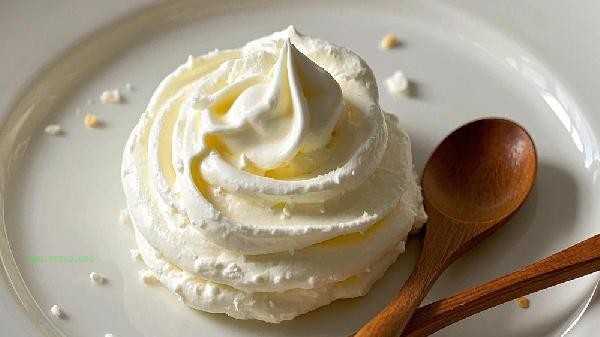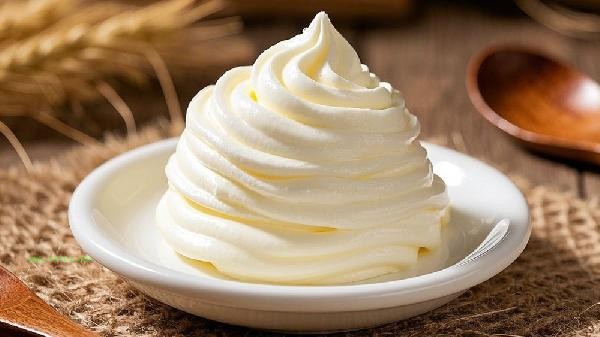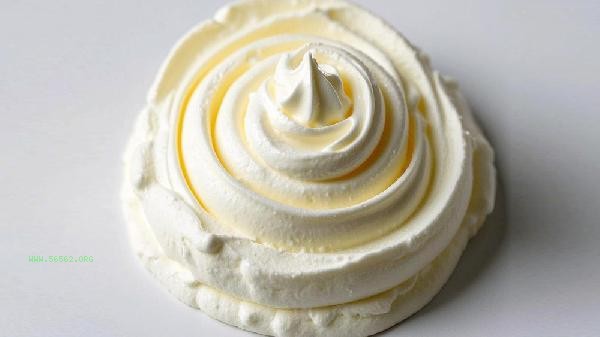The thinning of whipped cream can be remedied by refrigeration, adjusting the whipping temperature, and adding stabilizers. The failure of whipping light cream is mainly related to factors such as high temperature, insufficient fat content, and excessive whipping.

1. Refrigerate and let it stand.
Immediately put the diluted cream in the refrigerator and refrigerate for more than 30 minutes. Low temperature can help the cream solidify again. When refrigerating, it is necessary to cover it with plastic wrap to prevent cross contamination. After taking it out, use an egg beater to stir at low speed and check the condition. If it is still too soft, the refrigeration time can be extended. This method is suitable for cream softening caused by high ambient temperature, but cannot repair the situation of complete oil-water separation.
2. Adjust the whipping temperature
The optimal whipping temperature for light cream is 4-8 degrees Celsius, and it is recommended to beat it over ice water in summer. If the cream becomes thin, the egg beater can be placed in an ice water bath and stirred at low speed, while monitoring the temperature with a thermometer. Be careful to avoid excessive cooling that may cause cream clumping. If there is a grainy sensation, stop stirring immediately.
3. Add stabilizer
1 gram of gelatin powder or 2 grams of corn starch can be added for every 100 grams of whipped cream. Jili Ding needs to be soaked in cold water before melting, and then mixed with cream when the temperature drops below 30 degrees Celsius. Corn starch needs to be sieved and added in batches, and beaten until patterns appear. This method can enhance the cream structure but may slightly affect the taste.

4. Control the whipping speed
Use the low speed gear of the electric mixer, and switch to the lowest speed adjustment state when the cream volume increases to 1.5 times. Excessive whipping can damage the structure of fat globules and cause water to come out. At this time, a small amount of whipped cream can be added and gently stirred. Stop immediately when observing the cream drooping in an eagle beak shape, which is the best state for plastering.
5. Choose high-fat cream
Animal cream with a fat content of over 35% is easier to beat and more stable, while plant cream is less prone to thinning due to the presence of stabilizers but has a poorer taste. Pay attention to the milk fat percentage indicated on the packaging when making a purchase, and avoid using products that are close to their expiration date. After opening, the cream should be used up within one week and stored away from the temperature fluctuation area of the refrigerator door.

It is recommended to refrigerate the mixer head and mixing bowl in advance during daily operation, and to operate in an air-conditioned room in summer. If there are multiple failed whipping attempts, you can try to control the amount of cream within 1/3 of the capacity of the mixing bowl. The repaired cream should be used as soon as possible, and it is recommended to use it in portions when decorating the cake to avoid softening at room temperature. Long term stored unused butter can be frozen and thawed before being whipped again, but the texture may be slightly rough, making it suitable for making desserts such as mousse that do not require shaping.








Comments (0)
Leave a Comment
No comments yet
Be the first to share your thoughts!